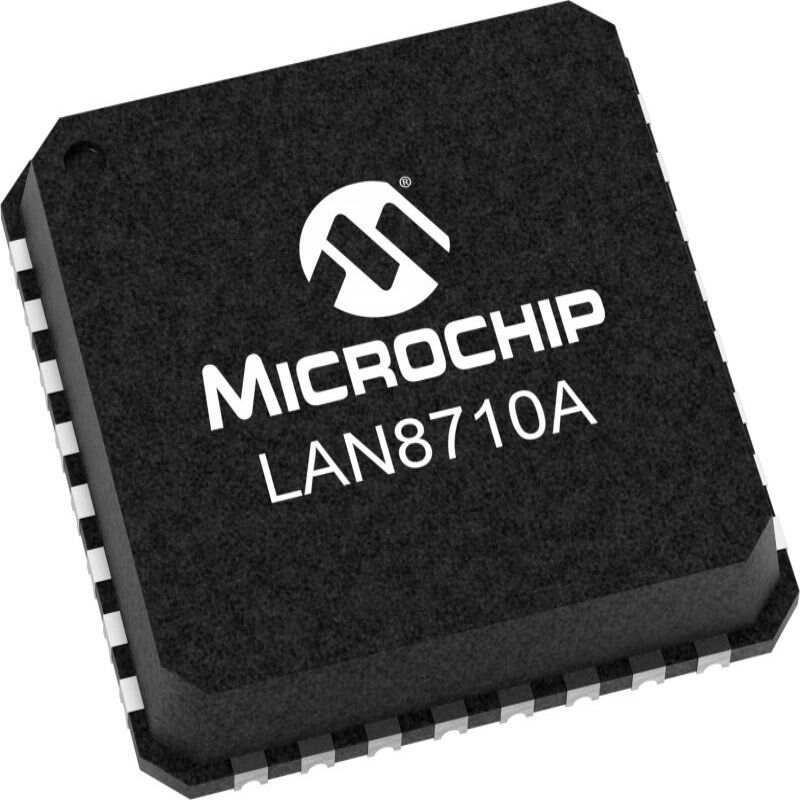Email format error
Email cannot be empty
Email already exists
6-20 characters(letters plus numbers only)
The password is inconsistent
Email format error
Email cannot be empty
Email does not exist
6-20 characters(letters plus numbers only)
The password is inconsistent


Exploring the World of Interface Transceiver Exporters
Exploring the World of Interface Transceiver Exporters
In today's digital world, interface transceivers are important for communication and data transfer in many industries. But what exactly is an interface transceiver, and why are they so essential? More importantly, who are the key players in the global market? In this blog, we look at interface transceiver exporters, what they do, why they're important, and the trends in the industry.
What is an Interface Transceiver?
An interface transceiver is a device that both transmits and receives data signals. These devices are important for networking and communication. They change electrical signals to optical signals and back again, allowing data to travel long distances with little loss. Various applications widely use them, from telecommunications and data centers to industrial automation and consumer electronics.
The Importance of Interface Transceivers
Interface transceivers are integral to modern communication networks. They ensure seamless data transmission across different media and protocols, enhancing the efficiency and reliability of networks. With the explosion of data traffic driven by the Internet of Things (IoT), 5G technology, and cloud computing, the demand for high-quality interface transceivers has never been higher.

The Role of Exporters
Interface transceiver exporters are companies or entities that specialize in the international trade of these critical components. They source products from manufacturers, ensuring they meet global standards, and distribute them to clients worldwide. Exporters play a crucial role in the supply chain, facilitating the availability of advanced transceiver technology across various regions and markets.
Key Markets for Interface Transceivers
North America
North America, particularly the United States, is a significant market for interface transceivers. The region's advanced technological infrastructure and high adoption rate of new technologies drive the demand for high-performance transceivers. Exporters focus on high-quality, innovative products for North American industries with strict demands.
Europe
Europe is another critical market, with countries like Germany, the UK, and France leading the way in industrial automation, telecommunications, and data center expansion. European clients typically seek reliable and energy-efficient transceivers that comply with strict environmental regulations.
Asia-Pacific
The Asia-Pacific region is witnessing rapid growth in the interface transceiver market, driven by countries like China, Japan, and South Korea. The region's booming electronics industry, expanding telecommunications networks, and increasing investments in data centers fuel the demand. Exporters in this market need to be competitive in pricing while maintaining high standards of quality.
Trends Shaping the Interface Transceiver Market
1. 5G Technology
The rollout of 5G networks is a significant driver for the interface transceiver market. 5G technology requires transceivers that can handle higher data rates and lower latency. Exporters focusing on 5G-compatible transceivers are likely to see increased demand in the coming years.
2. Data Centers
The proliferation of data centers globally is another critical trend. Data centers need transceivers that offer high bandwidth, reliability, and energy efficiency. This is because cloud computing and big data analytics are becoming more popular. Exporters catering to this segment must provide products that meet these stringent requirements.
3. IoT Expansion
The Internet of Things (IoT) is expanding rapidly, connecting everything from smart home devices to industrial machinery. This expansion drives the need for transceivers capable of supporting a vast number of connected devices. Exporters that offer versatile and scalable transceiver solutions are well-positioned to capitalize on this trend.
4. Technological Advancements
New transceiver technology is constantly improving, with faster speeds and better energy efficiency, changing the market. Exporters who keep up with new technology can provide their clients with the most up-to-date and efficient products.
Challenges Faced by Exporters
Regulatory Compliance
Exporting interface transceivers involves navigating complex regulatory landscapes, including compliance with international standards and local regulations. Exporters must ensure their products meet the necessary certifications and safety requirements to avoid legal complications.
Supply Chain Disruptions
Global supply chain disruptions, such as those caused by the COVID-19 pandemic, pose significant challenges. Exporters need to develop robust supply chain strategies to mitigate risks and ensure timely delivery of products.
Competition
The interface transceiver market is highly competitive, with numerous players vying for market share. Exporters must differentiate themselves through product quality, innovation, and customer service to stay ahead.
Conclusion
The world of interface transceiver exporters is dynamic and vital to the global communication infrastructure. As technology continues to evolve, the demand for advanced transceivers will only grow. Exporters who adapt to challenges and embrace new trends will play a key role in shaping global communication networks. Companies that sell interface transceivers are important in our connected world. They keep up with technology and maintain high quality.
In conclusion, interface transceiver exporters are integral to the seamless functioning of modern communication infrastructure worldwide. By facilitating the international trade of these essential components, exporters enable businesses and individuals to harness the power of connectivity for innovation and growth. As the digital landscape evolves, the importance of interface transceiver exporters will continue to grow, driving progress towards a more connected and technologically advanced future.
Moreover, the future holds promising developments for interface transceiver exporters. Innovations in transceiver technology, such as advancements in data transfer speeds, energy efficiency, and compatibility with emerging communication standards, will shape the market landscape. Exporters who lead in these innovations will not only meet but also exceed the evolving demands of global markets.
Furthermore, environmental sustainability is increasingly becoming a priority for both consumers and regulatory bodies. Exporters that prioritize eco-friendly practices, such as reducing carbon footprints in manufacturing and distribution processes, will gain a competitive edge. Sustainability initiatives can enhance brand reputation and attract environmentally conscious clients in regions with stringent environmental regulations.
Collaboration and partnerships will also play a crucial role in the success of interface transceiver exporters. By forming alliances with technology developers, manufacturers, and logistics providers, exporters can streamline operations, enhance product offerings, and expand market reach. These strategic collaborations enable exporters to leverage expertise across the supply chain, innovate faster, and respond effectively to market dynamics.
In essence, interface transceiver exporters occupy a pivotal position in the global economy, facilitating connectivity across industries and geographies. As they navigate through regulatory landscapes, supply chain challenges, and competitive pressures, exporters must remain agile and forward-thinking. By embracing innovation, sustainability, and collaboration, interface transceiver exporters can capitalize on opportunities and drive transformative change in global communication networks.
In conclusion, interface transceiver exporters are essential players in the digital age, enabling seamless data transmission and connectivity that underpin modern economies and societies. Their role will continue to be critical as technological advancements and market demands evolve, shaping a more interconnected and innovative future for global communications.

